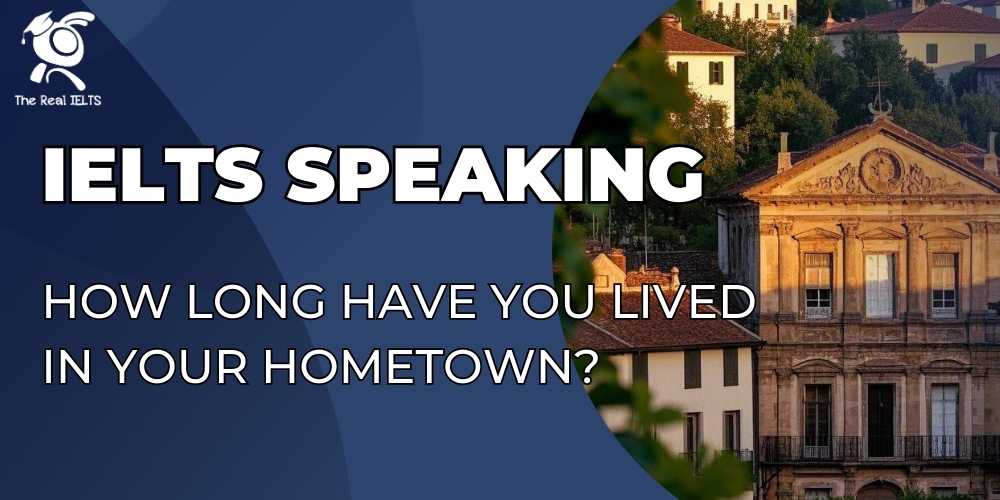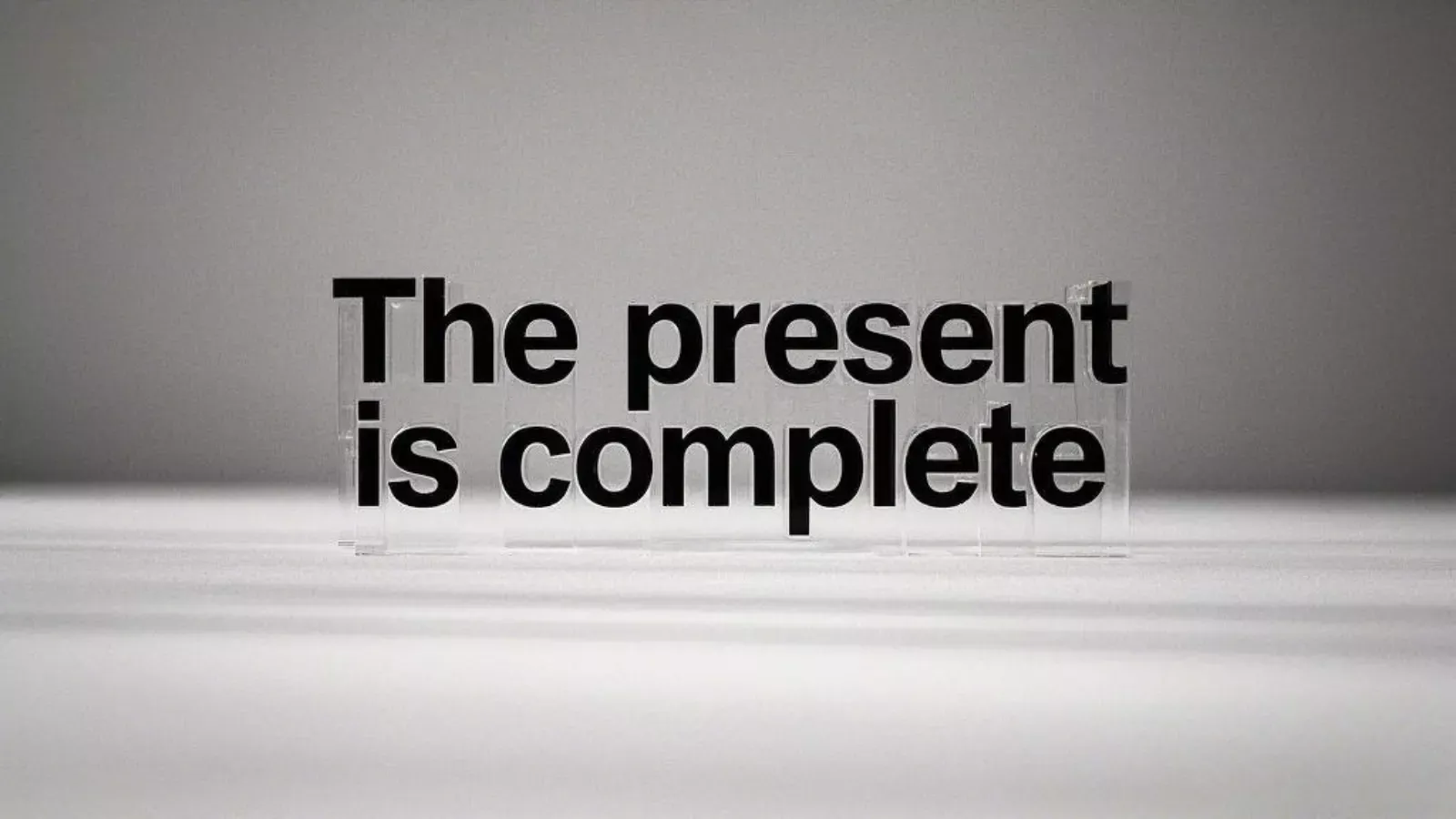IELTS Speaking: How long have you lived in your hometown? Bắt đầu từ câu hỏi này là câu hỏi biến thể trong phần thi IELTS Speaking và trong lúc luyện thi IELTS thì chúng ta sẽ còn gặp dạng câu hỏi này nhiều.
Câu trả lời cho câu hỏi How long have you lived in your hometown? phần thi IELTS Speaking
Dựa vào mẫu Speaking trong bài viết này: Speaking: Describe Your Hometown Part 2.
Đọc lại câu trả lời cho câu hỏi: IELTS Speaking: What’s the best thing about your hometown?
Đọc thêm câu hỏi khác tại: IELTS Speaking Part 1: Introduction and Interview chủ đề Your hometown.
Ví dụ 1:
Introduction:
I have lived in my hometown, Hanoi, for the majority of my life, almost 25 years now. It’s a city that has not only shaped who I am but also provided me with countless memories and life lessons. Living here has allowed me to witness its growth and transformation over the years, making me deeply attached to this vibrant city.
Geographical Description:
Hanoi is located in northern Vietnam, sitting on the banks of the Red River. The city is surrounded by lush green countryside, which contrasts beautifully with its urban core. Its geographical location gives it a unique charm, with picturesque lakes, such as Hoan Kiem and West Lake, acting as natural oases amidst the bustling streets. Growing up near these lakes has always been a delight; they provide a tranquil escape and are perfect for morning walks or evening relaxation.
Cultural Aspects:
The culture of Hanoi is incredibly diverse, blending traditional Vietnamese values with modern influences. Festivals like Tet, the Lunar New Year, are celebrated with great enthusiasm. I remember the excitement of preparing for Tet as a child—helping my family decorate the house, visiting the flower markets, and enjoying traditional dishes like banh chung. Hanoi’s Old Quarter, with its narrow streets and vibrant markets, reflects the city’s cultural heritage, where you can experience the daily lives of local people and their dedication to preserving traditions.
Historical Background:
Hanoi is steeped in history, being the capital city for over a thousand years. It’s home to many historical landmarks, such as the Temple of Literature, which was Vietnam’s first university, and the Imperial Citadel of Thang Long, a UNESCO World Heritage Site. These places have always fascinated me and served as frequent destinations for school trips and family outings. Each visit has deepened my appreciation for the city’s historical importance and the role it plays in shaping Vietnam’s identity.
Economic Activities:
Over the years, Hanoi has become a hub of economic activity. It’s a center for education, commerce, and tourism. Traditional crafts, such as pottery from Bat Trang Village, coexist with modern industries like technology and manufacturing. These economic activities provide livelihoods for many residents, including my family, who have been involved in small-scale business for generations. Living here has given me a firsthand understanding of how Hanoi’s economy sustains its people and contributes to its development.
Personal Connection:
For me, Hanoi is more than just a hometown—it’s a place that holds my fondest memories. I grew up playing in the streets with neighborhood friends, riding bicycles around West Lake, and enjoying street food like pho and banh mi with my family. These experiences have created a strong emotional bond between me and this city. Despite its challenges, like traffic congestion or occasional air pollution, I still find Hanoi charming and full of life.
Conclusion:
In summary, I’ve lived in Hanoi for almost 25 years, and during this time, I’ve come to cherish its unique blend of tradition, history, and modernity. What I love most about my hometown is its ability to evolve while staying true to its roots. No matter where I go in the future, Hanoi will always be the place I call home. It’s not just a city to me; it’s a part of my identity.
Ví dụ 2:
Introduction:
I have lived in my hometown, Da Nang, for around 20 years, and it holds a very special place in my heart. Known as the “City of Bridges,” Da Nang is a coastal city in central Vietnam, and it’s renowned for its natural beauty, friendly people, and modern infrastructure. Living here has given me countless cherished memories and a strong connection to my roots.
Geographical Description:
Da Nang is blessed with an exceptional geographical location. It’s bordered by mountains on one side and the East Sea on the other. The city is home to the iconic Marble Mountains and the beautiful My Khe Beach, which has been recognized as one of the most stunning beaches in the world. The Han River flows through the city, creating a picturesque landscape complemented by architectural marvels like the Dragon Bridge and the Golden Bridge. Growing up in such a naturally gifted environment has always been a source of pride for me.
Cultural Aspects:
The culture of Da Nang is a unique mix of traditional and modern elements. The city celebrates various festivals, such as the Da Nang International Fireworks Festival, which attracts visitors from all over the world. Local traditions, such as offering prayers at pagodas or celebrating Tet with family, are deeply ingrained in the lives of residents. For me, the Mid-Autumn Festival has always been a highlight, as I loved carrying lanterns and enjoying mooncakes with my friends and family.
Historical Background:
Although Da Nang is a relatively modern city, it has significant historical landmarks, such as the Cham Museum, which houses a collection of ancient artifacts from the Champa Kingdom. The city also served as a key strategic location during the Vietnam War, and you can still find remnants of that period at sites like the Son Tra Peninsula. These historical elements make Da Nang not only a tourist destination but also a place of great historical importance.
Economic Activities:
Da Nang’s economy is thriving, with tourism being its backbone. The city attracts millions of visitors every year, thanks to its beaches, mountains, and cultural landmarks. Apart from tourism, Da Nang is also a growing center for technology and industry, with several industrial parks and IT hubs. My family has been involved in the hospitality business, which has allowed me to see firsthand how tourism drives the city’s growth and provides livelihoods for many residents.
Personal Connection:
Living in Da Nang has shaped who I am today. My childhood was filled with joyful memories of playing on the beach, hiking in the mountains, and enjoying local delicacies like banh xeo and mi Quang. One of my favorite memories is celebrating my birthday with a barbecue on the beach, surrounded by my family and friends. Despite the challenges of urbanization, such as occasional overcrowding during tourist seasons, Da Nang continues to be a place where I feel at peace and deeply connected.
Conclusion:
In conclusion, I have lived in Da Nang for about 20 years, and it has truly become an integral part of my identity. What I love most about my hometown is its ability to balance natural beauty, cultural richness, and modern development. It’s a place that I am proud to call home, and no matter where life takes me, Da Nang will always hold a special place in my heart.















